In Artinis NIRS blog, you will find the latest trends in (f)NIRS, NIRS studies and applications, tutor from the leaders of near infrared spectroscopy, not to mention detailed insights and tips and tricks for your research!
Search blog post topic

The Elevated Artinis Support Center – Receiving easy and quick support and knowledge
Providing superior support solutions to our customers is one of our highest priorities. We are happy to announce that we recently released our elevated support center, which aims to provide support and education quickly and easily to all Artinis users.
Read this blogpost about the content and aims of the different pages of the support center.
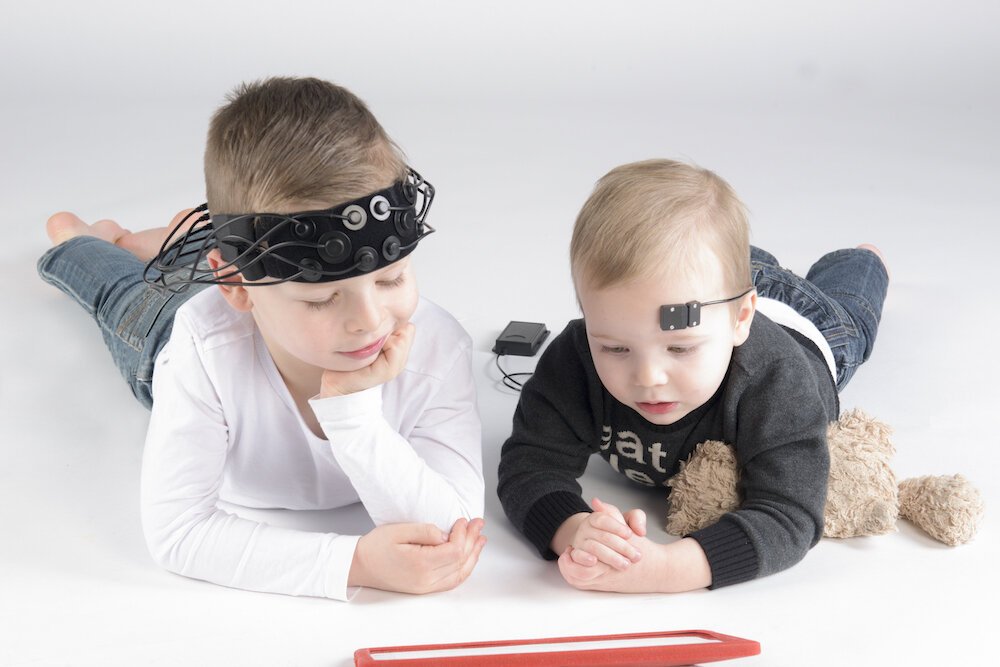
How to: Start a measurement and do a short analysis
If you don’t have time to read our extensive manuals, but would still like some quick pointers on how to start a measurement with one of our state of the art fNIRS devices… you’re in the right place! In this blog we will get you set-up in no time and discuss some of the analysis options our proprietary software, OxySoft, offers.
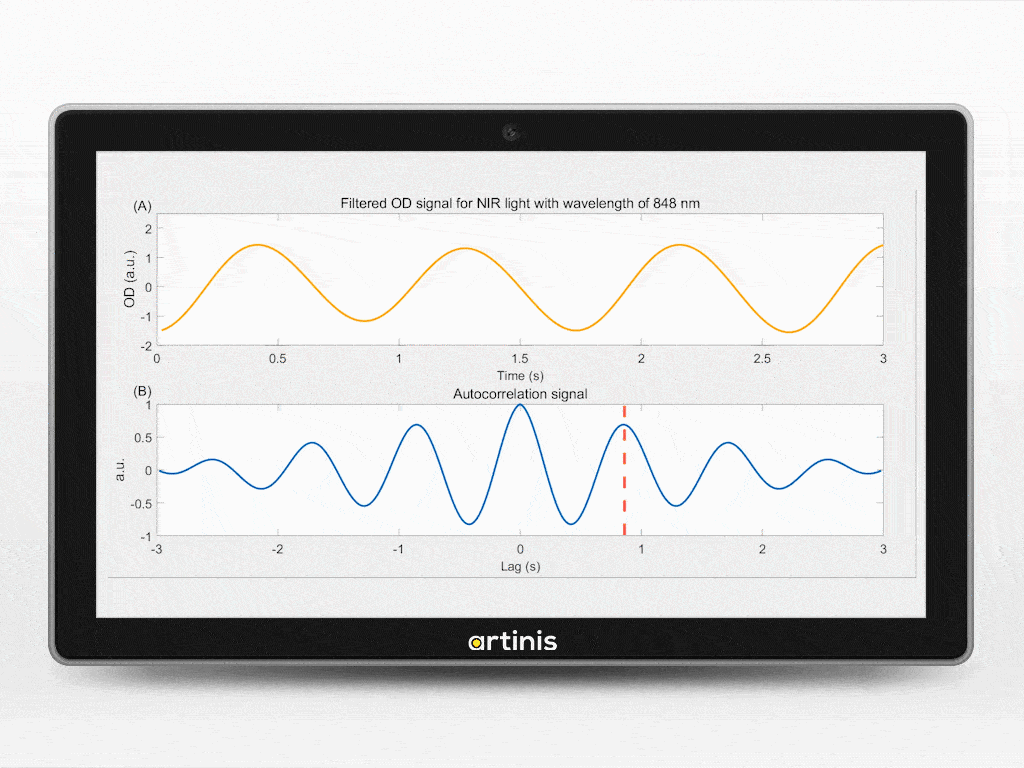
Heart rate extraction from NIRS signal
A commonly asked question is “What are the advantages of NIRS over EEG?”. NIRS signals are, in general, less susceptible to artifacts like motion artifacts or electrical noises. There are, however, also physiological components such as heartbeat, breathing, and Mayer-waves present in the signal. Although not an artifact, these components are usually filtered out since they are not useful in determining the pure hemodynamic response signal of the brain. Nevertheless, there is interesting information in the heartbeat. In this blog, we talk about taking advantage of the heartbeat in the NIRS signals and extracting the heart rate signal from them.
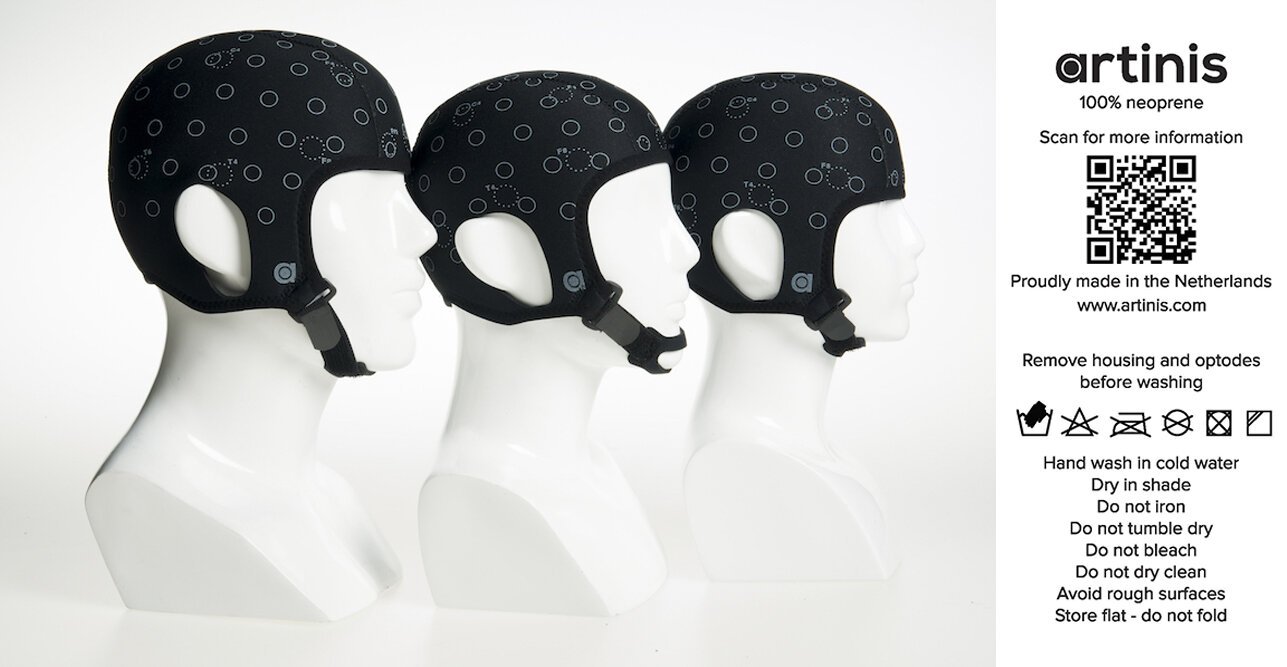
How to clean your Artinis NIRS systems and accessories?
COVID-19 has had a major impact on all of us. For a while, Universities were closed and research was put on hold. Now slowly but surely, we are going back to the labs and starting our experiments again. NIRS experiments include contact with patients and research participants, we therefore find it important to inform you about how to clean the Artinis NIRS devices.
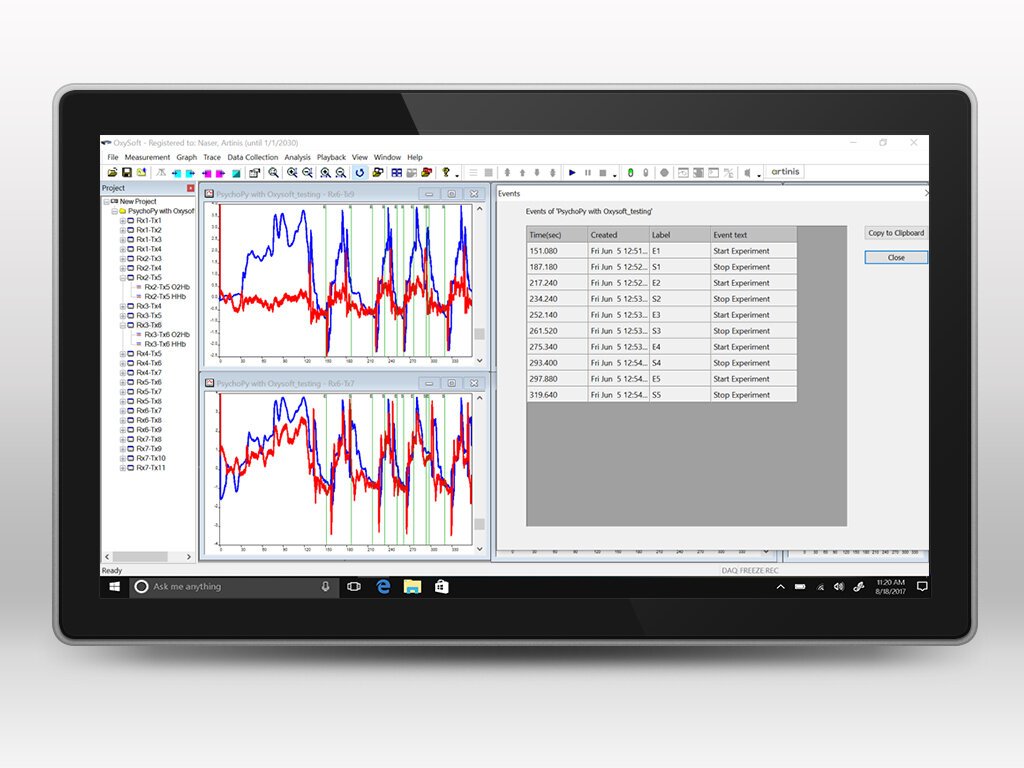
The importance of being precise: using PsychoPy for stimulus presentation and OxySoft for triggering
You’ve got your NIRS device ready and have already thought of the protocol for your next experiment. You have a clear picture of it in your head: you can see the subjects with the NIRS cap on facing a PC monitor showing each of the instructions and stimuli at the exact timing you were aiming for. Timestamps for each event are automatically saved and once the session is over, you are ready to go for the analysis. Sounds nice, right? How simple is it, though? Well, turns out it’s quite simple, actually. You just need the right tools, and the combination of PsychoPy and Oxysoft is a perfect match!
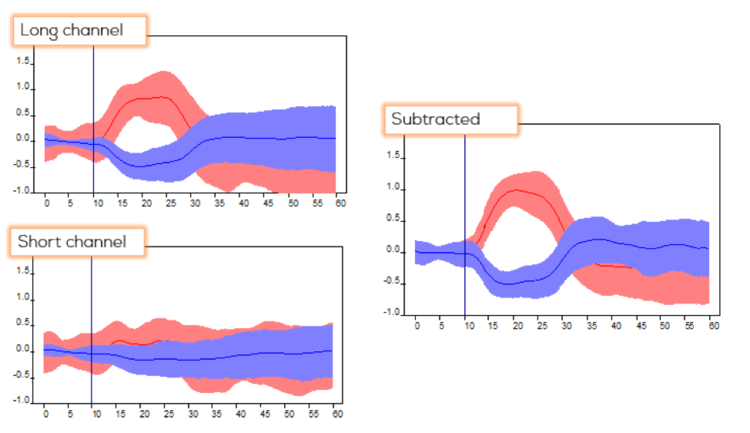
Short separation channels: the new trend in fNIRS
Short separation channels are the new trend in fNIRS. However, what is the functionality of such a short separation channel in brain oxygenation research?

Laser and LED, what is the difference in NIRS?
As an application Specialist at Artinis Medical Systems I get asked a lot what the differences are between lasers and LEDs. So, therefore a small blog to answer this question once and for all. Both laser and LED have their specific pros and cons. It depends very much on your research requirements what technique is best for you. I have broken down the differences in measuring depth, portability, pricing, wavelengths and safety in this blog.

Combining the world of NIRS and EEG
EEG and fNIRS are complementary measuring techniques. EEG measures electrophysiological brain activation, that is the electromagnetic field created when neurons in the brain are firing. fNIRS measures the hemodynamic response, that is the change of oxygen in the blood when a brain region becomes active. By combining EEG and fNIRS, a more complete picture of brain activity is obtained: activation of neurons and energy demand of neurons.
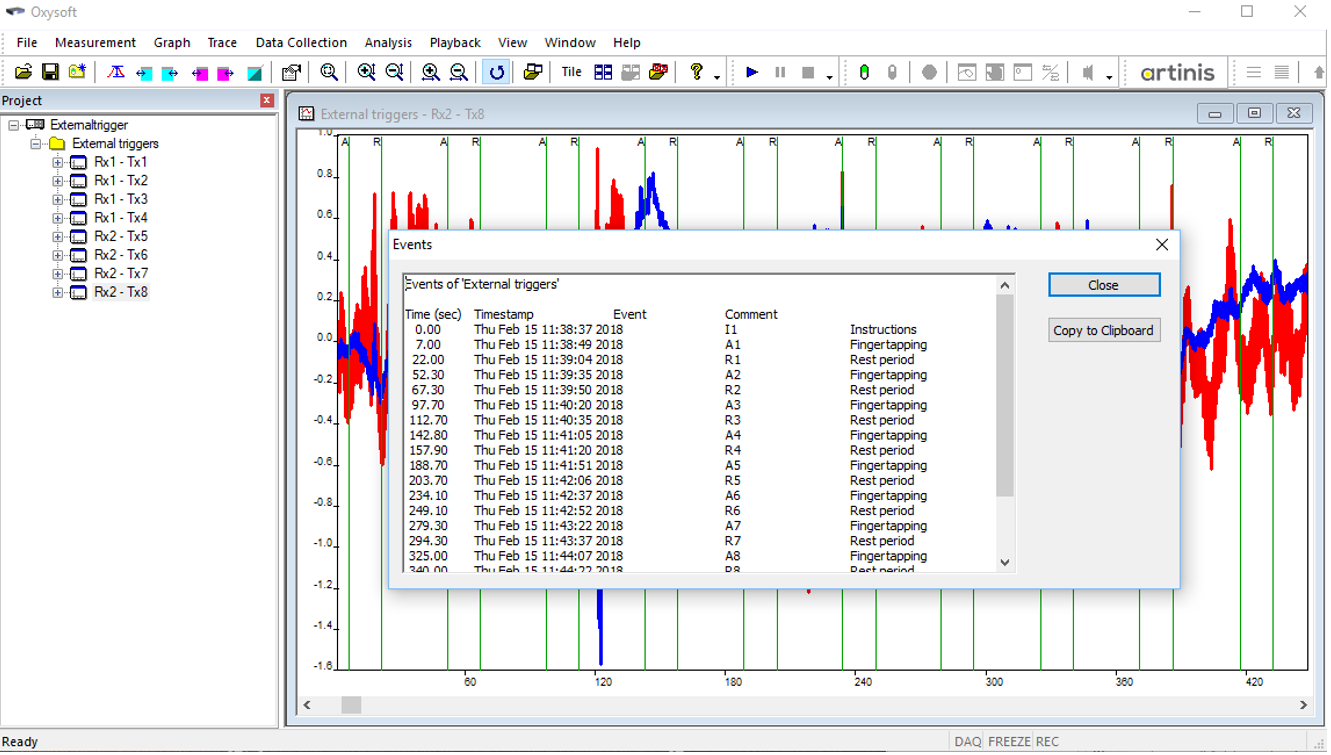
How are we synchronizing Artinis NIRS devices with other data streams?
Over the years we have developed both hardware-based and software-based options for data synchronization. In this blog we will explore the different options and discuss the advantages and disadvantages of each.

The do's and don'ts of baselines
A common question we get from our customers is what is a baseline and how to use it. Generally with fNIRS, the absolute values are arbitrary. The period before a stimulus is often referred to as the baseline. In this blog we will describe the do's and don'ts of baselines.
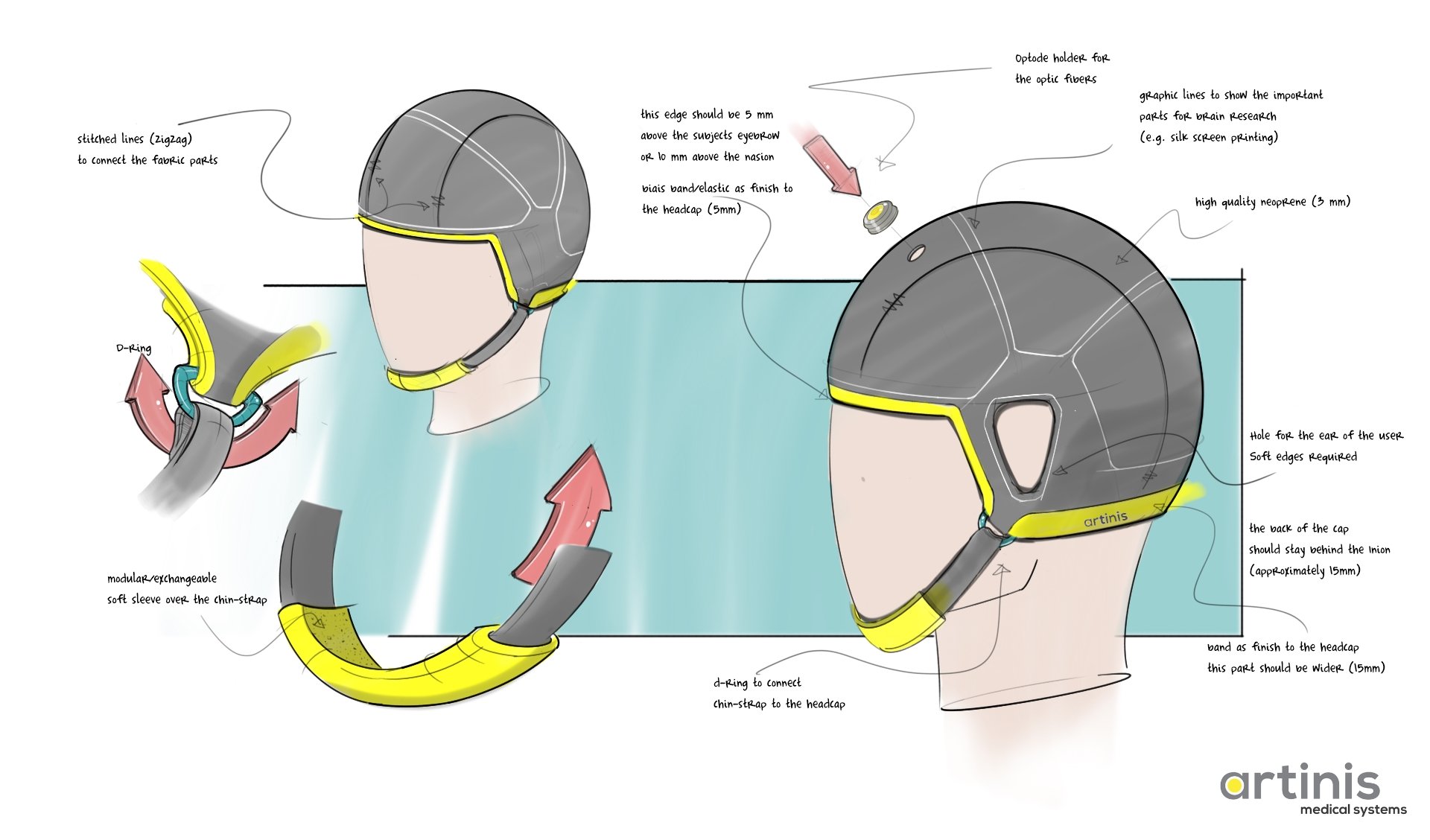
Just a ‘simple’ cap
An insight guide into NIRS head-cap development by our designer Wout Kregting

